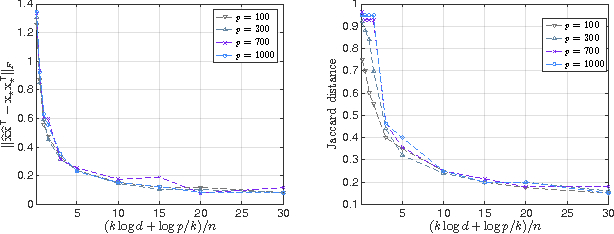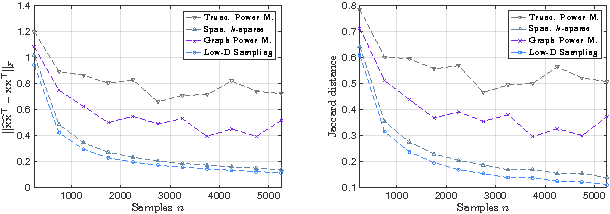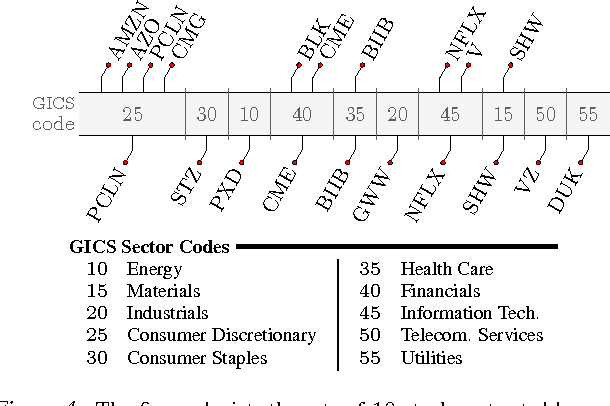Stay on path: PCA along graph paths
Paper and Code
Jun 19, 2015



We introduce a variant of (sparse) PCA in which the set of feasible support sets is determined by a graph. In particular, we consider the following setting: given a directed acyclic graph $G$ on $p$ vertices corresponding to variables, the non-zero entries of the extracted principal component must coincide with vertices lying along a path in $G$. From a statistical perspective, information on the underlying network may potentially reduce the number of observations required to recover the population principal component. We consider the canonical estimator which optimally exploits the prior knowledge by solving a non-convex quadratic maximization on the empirical covariance. We introduce a simple network and analyze the estimator under the spiked covariance model. We show that side information potentially improves the statistical complexity. We propose two algorithms to approximate the solution of the constrained quadratic maximization, and recover a component with the desired properties. We empirically evaluate our schemes on synthetic and real datasets.
 Add to Chrome
Add to Chrome Add to Firefox
Add to Firefox Add to Edge
Add to Edge